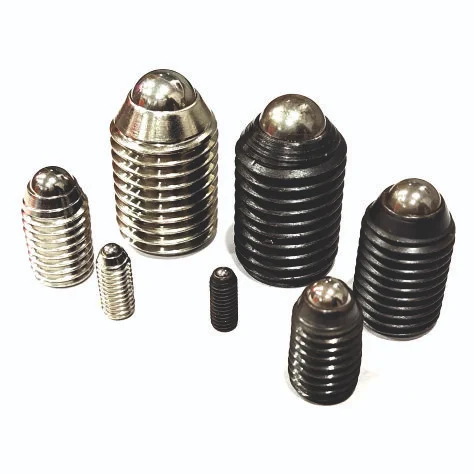
Vivek Kumar / Date: 08 Oct, 2025
Plungers are essential components used in a wide range of mechanical and industrial applications. They provide accurate positioning, secure locking, and smooth movement in assemblies, control panels, machinery, and equipment. From spring plungers that enable repeatable positioning to indexing plungers for locking mechanisms, each type serves a specific purpose in improving operational efficiency.
This article explores the different types of plungers, their applications, construction features, and advantages, providing a comprehensive understanding of how these components contribute to mechanical systems.
A plunger is a mechanical device that typically consists of a shaft or pin that moves within a housing, often spring-loaded, to engage or disengage with another component. Plungers are widely used for positioning, locking, indexing, and detent applications.
The main types of plungers include:
Spring plungers
Ball plungers
Indexing plungers
Plunger pins
Each type has unique features and applications, which will be discussed in detail.
Spring plungers are designed to apply consistent force to a component, ensuring reliable positioning in assemblies and mechanical setups. They are commonly used in jigs, fixtures, control panels, and industrial machinery where repeatable alignment is required.
Spring-loaded mechanism for consistent tension
Threaded or unthreaded designs for different mounting options
Hardened pins or shafts for accurate engagement
Corrosion-resistant coatings to withstand environmental exposure
Repositioning components in assembly lines
Engaging detents in control mechanisms
Securing movable parts in equipment
Acting as mechanical stops in machinery
Spring plungers allow components to move smoothly into place, reducing operational errors and improving efficiency in mechanical systems.
Ball plungers use a spring-loaded ball to achieve smooth engagement and disengagement. They are ideal for applications that require indexing, detents, or precise positioning in tight spaces.
Spring-loaded ball for flexible engagement
Stainless steel or alloy construction for resistance to wear
Compact design suitable for confined assemblies
Adjustable tension in some models for precise operation
Indexing positions in mechanical assemblies
Holding components in jigs or fixtures
Acting as detents in control panels or mechanical stops
Providing smooth motion in automation equipment
Ball plungers reduce friction and allow components to move with minimal effort while maintaining accurate positioning.
Indexing plungers are used to lock movable parts in place. They are widely used in equipment that requires frequent adjustments or precise positioning. These plungers ensure stability and reliability in assemblies where fixed positions are critical.
Locking pin for secure engagement
Easy-to-operate handle or knob for repositioning
Threaded body for simple installation
Corrosion-resistant or heat-treated materials for extended use
Adjustable machine parts and equipment
Rotating assemblies that require indexing positions
Control panels with movable components
Fixtures where repeated locking and unlocking are necessary
Indexing plungers simplify operations by enabling secure, repeatable positioning, reducing the risk of misalignment or movement during use.
Plunger pins are solid components used to hold, align, or position mechanical parts in assemblies. Unlike spring or ball plungers, they do not have a spring mechanism but are designed to provide precise engagement in control panels or machinery.
Straight pins or tapered designs for alignment
Stainless steel or treated alloys for wear resistance
Tight tolerances for precise positioning
Smooth finish for low friction in mechanical operations
Pinning components in control panel assemblies
Aligning mechanical parts in fixtures or jigs
Acting as positioning stops in machinery
Providing reference points in repetitive operations
Plunger pins play a vital role in ensuring the accuracy and stability of mechanical assemblies, reducing errors, and enhancing operational performance.
The performance of a plunger depends heavily on its construction and the materials used. Common considerations include:
Material: Stainless steel, alloy steel, and treated metals are widely used to resist wear and environmental exposure.
Coating: Corrosion-resistant coatings protect plungers in humid or chemically active environments.
Tolerance: Precision machining ensures tight tolerances for consistent engagement and minimal play.
Spring Quality: In spring-loaded plungers, high-quality springs maintain tension over extended use.
Choosing the right material and construction method improves reliability, reduces maintenance, and ensures smooth operation in demanding applications.
Plungers offer several operational benefits:
Consistent and repeatable positioning in assemblies
Smooth engagement and disengagement with minimal friction
Secure locking and indexing for adjustable components
Low maintenance requirements due to high-quality materials
Reduced operational errors and downtime in mechanical systems
By selecting the appropriate type of plunger, industries can enhance efficiency, simplify machine setups, and ensure precise performance across multiple applications.
Plungers are used in a wide range of industries, including:
Manufacturing: For positioning and locking components in assembly lines and machinery.
Automation: In robotics and automated equipment for smooth movement and indexing.
Control Panels: For securing and aligning electrical or mechanical components.
Marine and Outdoor Equipment: Corrosion-resistant plungers perform reliably in harsh environments.
Industrial Machinery: For repeatable positioning and locking in adjustable machinery parts.
The versatility of plungers makes them suitable for nearly any application that requires accurate movement, alignment, or locking.
Although plungers are low-maintenance, following these practices ensures consistent performance:
Regular cleaning to remove dust, debris, or chemical residues
Periodic inspection of spring tension in spring or ball plungers
Lubrication of moving parts where necessary
Checking alignment and engagement of indexing plungers and plunger pins
Proper maintenance minimizes wear, prevents operational errors, and extends the service life of plungers in mechanical systems.
Selecting the appropriate plunger depends on the application:
Use spring plungers for repeatable positioning or detent applications
Choose ball plungers for smooth engagement in tight assemblies
Opt for indexing plungers where secure locking and repeatable adjustment are needed
Select plunger pins for accurate alignment and holding in mechanical or control panel assemblies
Understanding the application requirements, operating environment, and load conditions ensures optimal plunger performance.
Plungers, including spring plungers, ball plungers, indexing plungers, and plunger pins, are integral to mechanical systems, industrial equipment, and control panels. They provide precise positioning, smooth operation, and secure locking, helping reduce errors, improve efficiency, and maintain operational consistency.
With proper selection, material choice, and maintenance, plungers ensure reliable performance across a wide range of applications, from manufacturing and automation to control systems and industrial machinery. Their versatility and engineering precision make them indispensable components in modern mechanical and industrial setups.
Trusted by leading brands and businesses across industries
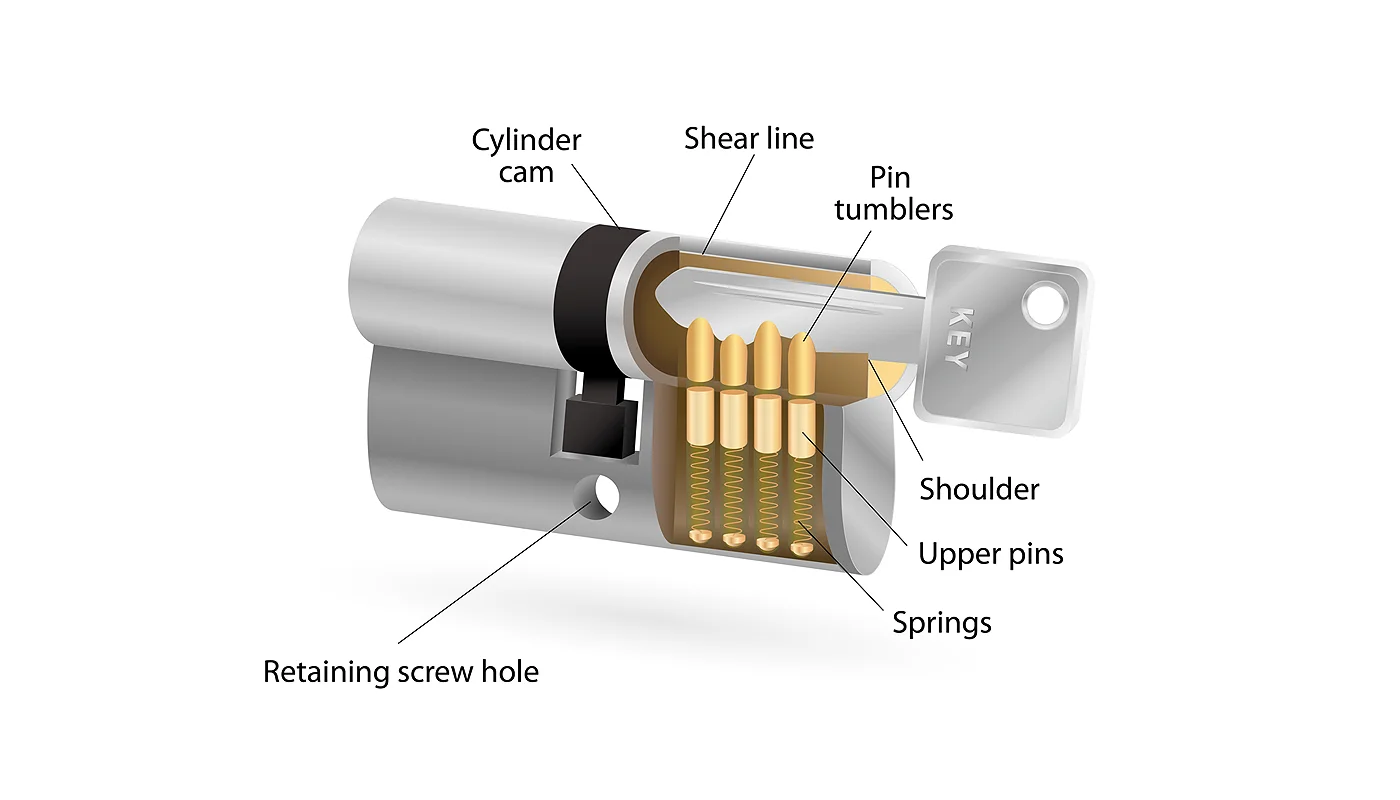
The reasons for this are that knobs play an indispensable role in furniture and cabinets while servi..
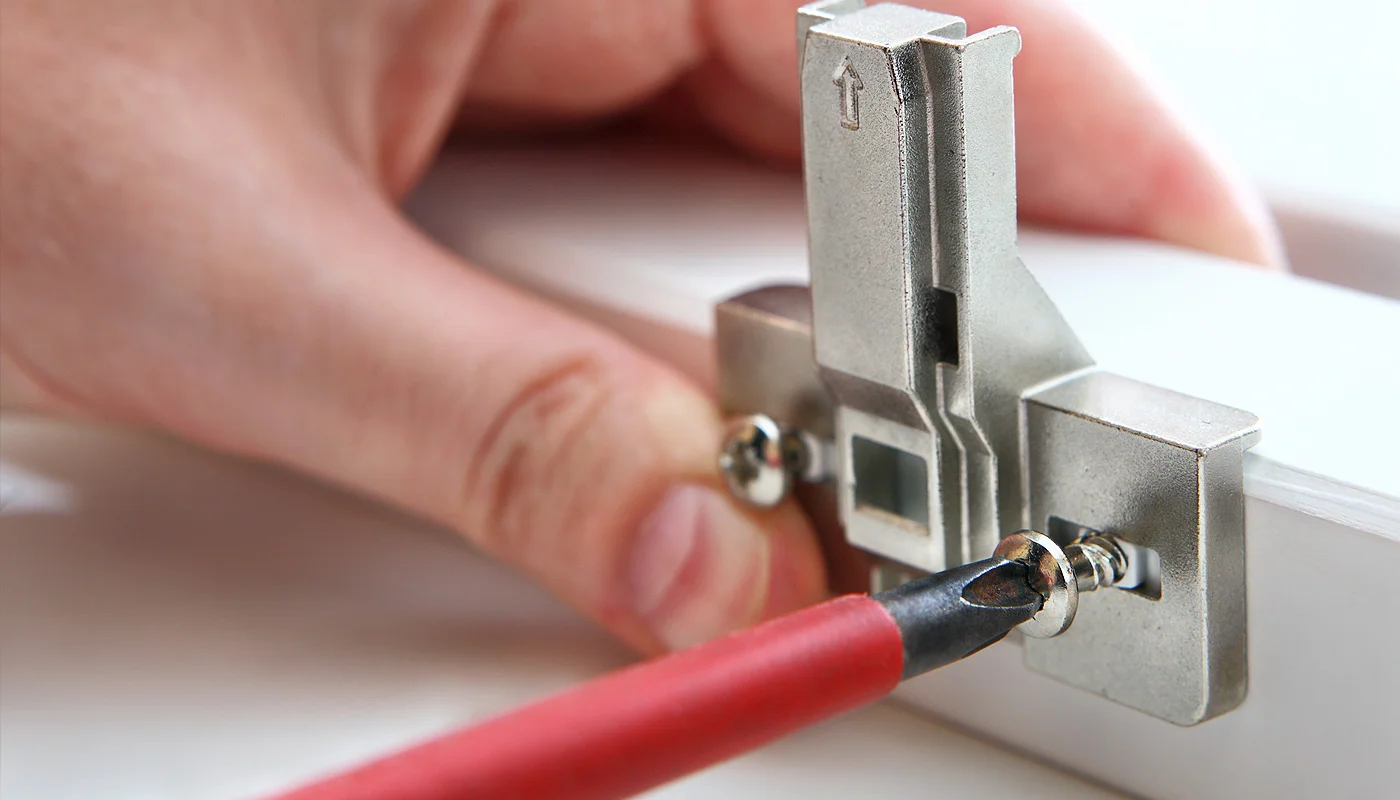
Material forms a very important part of the looks, durability, and functionality of a knob. Various ..
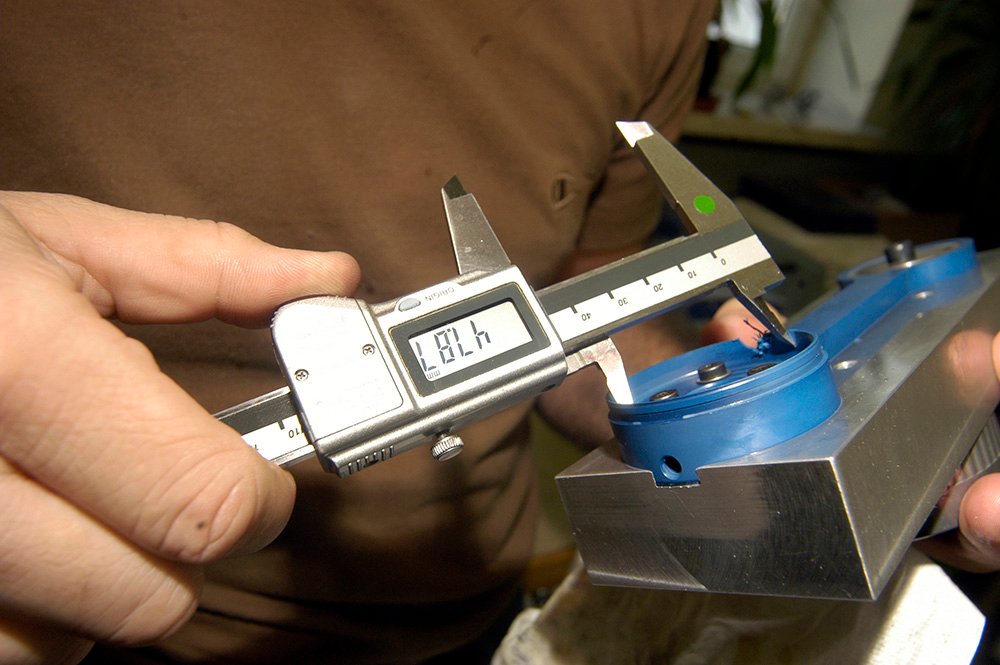
Although small in size, adjustable levelling pads are very efficient devices used to keep equipment ..

In the constantly changing world of engineering and manufacturing, precision, strength, and efficien..

In this era of competitive manufacturing and engineering, the need for high-quality, robust, and pre..
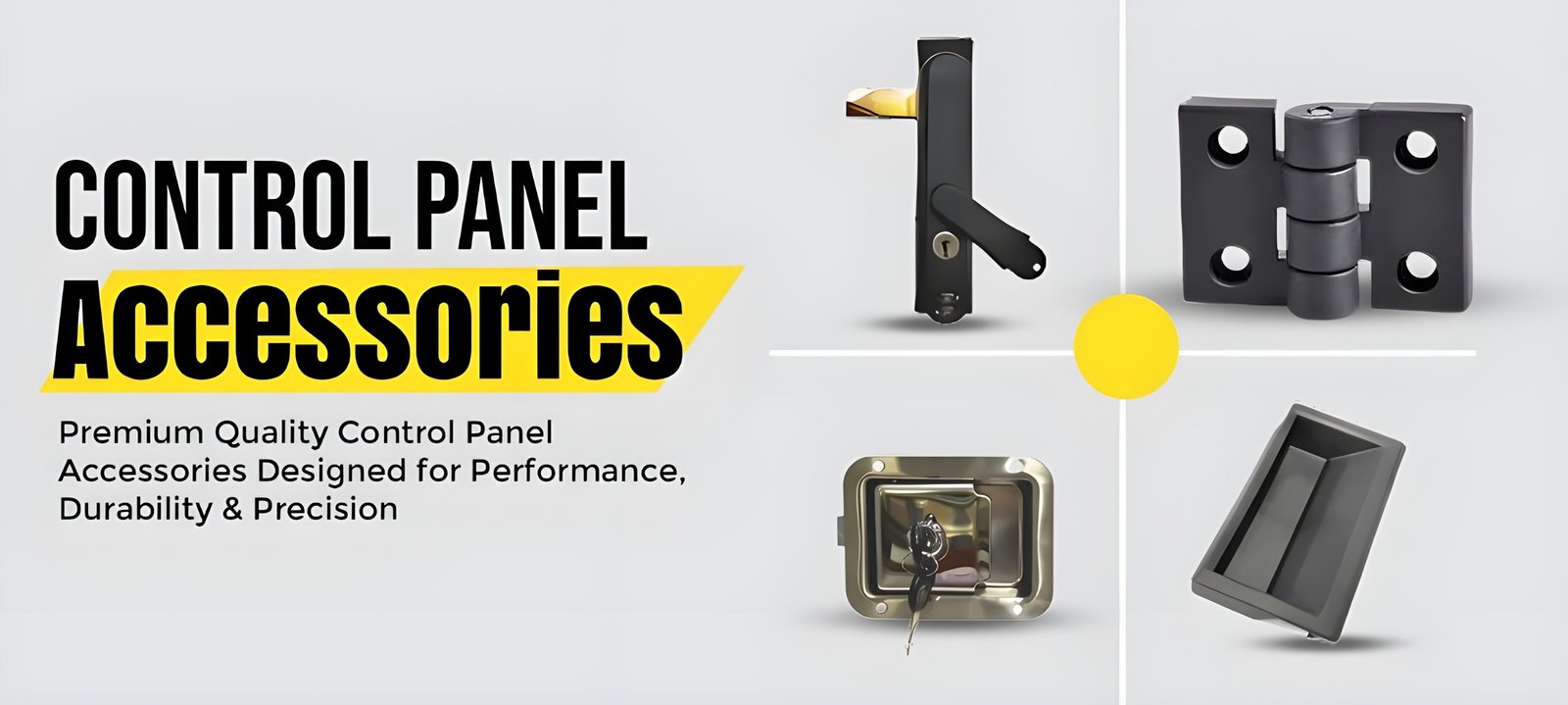
Introduction In the modern industrialized world, machines and equipment are being more advanced, an..
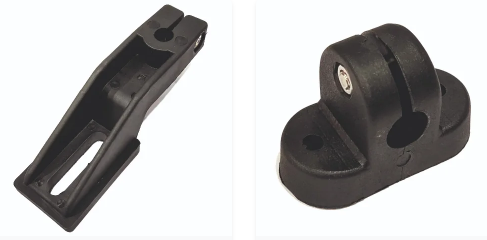
The modern manufacturing industry would not be possible without conveyor systems, which greatly faci..

Efficiency, precision and reliability are the keys to success in the modern high-speed manufacturing..

Introduction In the industrial world, control panels are the backbone of operational safety and eff..
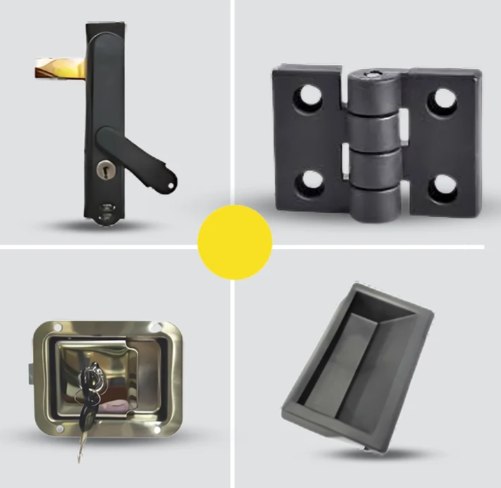
Introduction In today’s fast-paced industrial environment, efficiency, safety, and durability..
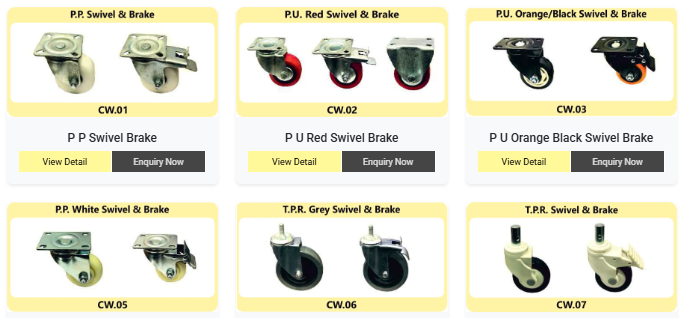
In today’s fast-paced industrial and commercial sectors, wheel and castor solutions play a cru..